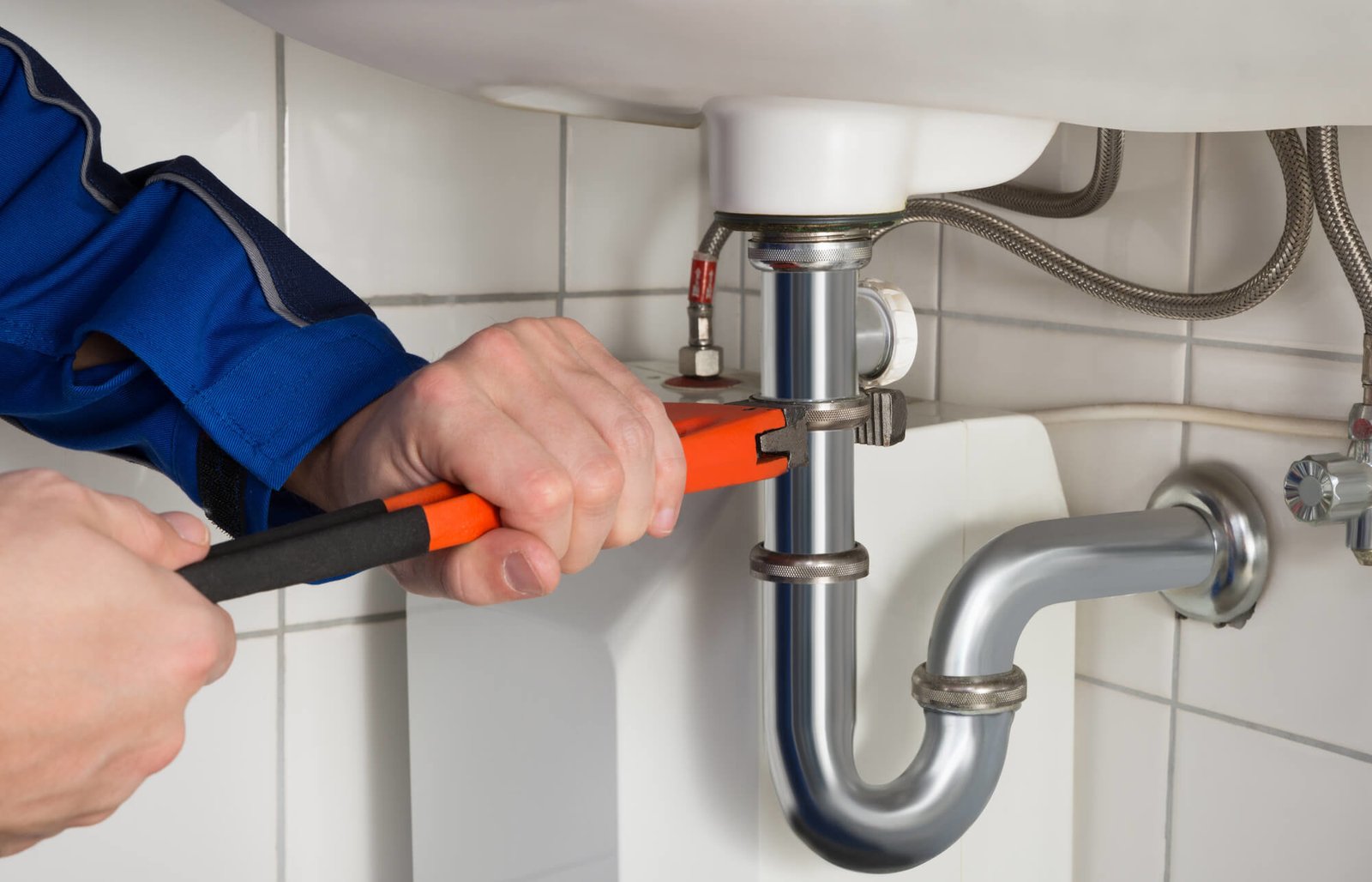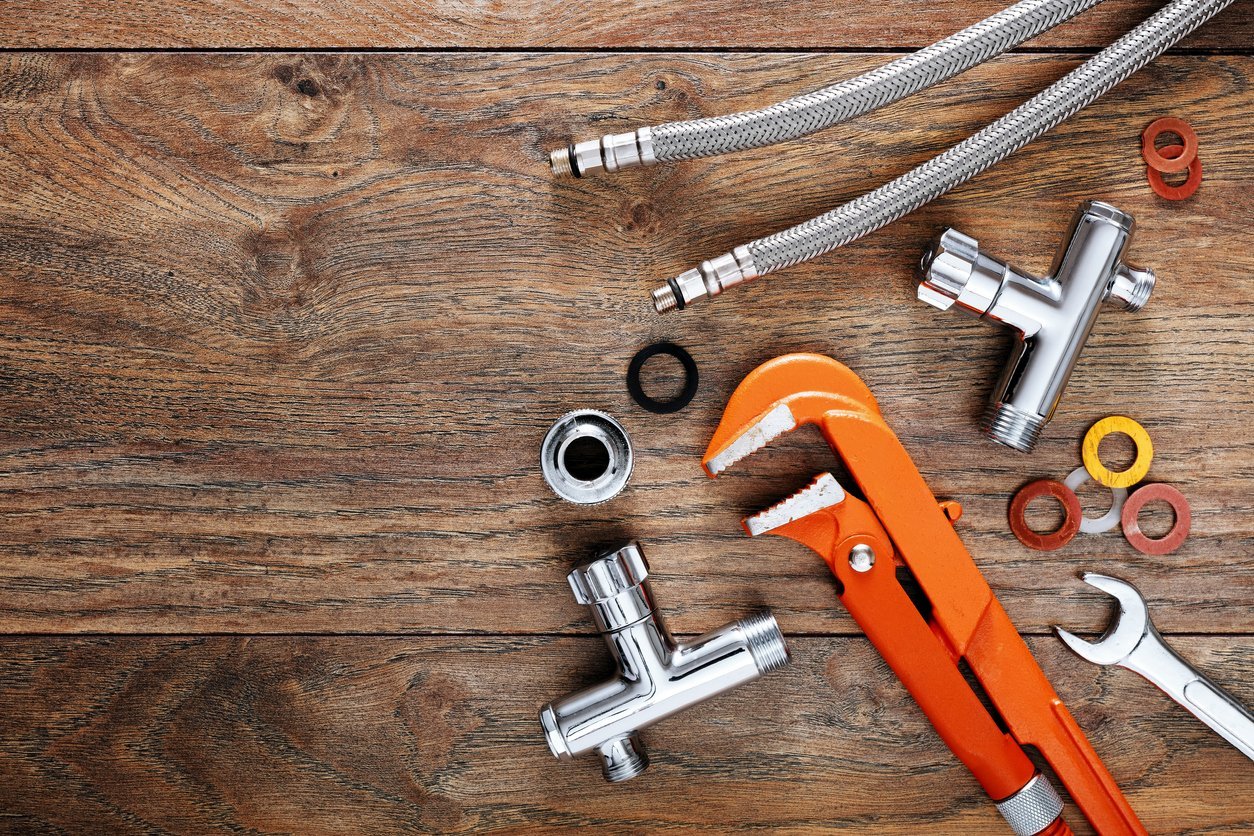Everyone will need a plumber eventually, for things like installing new appliances, fixing pipes, and cleaning or unclogging drains. Sometimes it seems like plumbers speak a language of their own.
To help you out, Angi (formerly Angie’s List) translated some of the most commonly-used plumbing terms so they are easier to understand:
- Auger – A flexible, metal rod used to drain drains.
- Copper piping – Used for water lines because of its rust-resistant properties and durability.
- CPVC – An abbreviation for chlorinated poly-vinyl chloride pipe, a type of piping used for potable water pipes.
- Discharge drain – A drain, such as a French drain, that directs water into the ground or the sewer via a channel.
- Energy Star – An international standard for energy efficiency. Most new appliances sold in the US are required to be Energy Star rated.
- Faucet screen – A small, metal screen, inserted in the faucet arm nozzle, used to catch small pieces of debris.
- Flapper – The hinged, shut-off valve in the toilet tank.

- Float Valve – Another type of control valve used in toilet tanks, a float valve turns off the water supply when the water reaches a certain level.
- Galvanized steel piping – Steel water piping coated with a zinc compound. The zinc slows down the corrosion process.
- GPM – An abbreviation for gallons per minute, a measure of how much water an appliance uses.
- Hose bib – A valved water fitting that attaches to a water hose. A spigot and a faucet are types of hose bibs.
- Journeyman – A plumber who has completed his or her apprenticeship, but not the required 4-5 year work requirement to be a master plumber.
- Licensed, insured, and bonded – Three things that every plumbing business should have. Licensing means that the plumbers have taken and passed state certification exams. Insurance means that if the plumber damages your property by accident, they have the means to repair it. Bonding protects homeowners against theft from an errant employee or if the plumbing business goes into bankruptcy after you’ve paid them a deposit.
- Low flow – An appliance that uses less water than average.
- Master plumber – A plumber who has completed both the apprenticeship and the work requirement (journeyman phase) of the plumber training program.
- Overflow – A type of drain used to prevent a fixture from becoming overfilled. You’ll often see overflow drains in bathroom sink basins and bathtubs.
- P-trap – A sink drainpipe in the shape of the letter “P”. The bend in the pipe prevents sewer odors from entering living spaces.
- PEX piping – A newer, flexible type of piping used for potable water pipes. It requires fewer fittings than traditional copper or PVC piping.
- pH – An abbreviation for “potential of hydrogen,” a measurement used to indicate the alkaline/acidity of a substance.

- Pipe threads – A spiral pattern cut into pipes that allows them to be connected to a coupling or fixture.
- PPM – An abbreviation for parts per million.
- Pressure tank – The part of the well pump system that stores water for future use.
- PSI – An abbreviation for pounds per square inch. Used to measure pressure.
- Sanitary sewer system – The system of pipes that connects household fixtures to the city’s municipal water treatment system.
- Septic system – Used by households outside of municipal water systems. This self-contained system includes a septic field, septic tank, and associated piping.
- Septic tank – An underground tank where sewage is broken down via an anaerobic bacterial process.
- Sump pump – A pump used to remove water from a collection pit. These are often used to keep water from accumulating in basements.
- Tankless water heater – A water heater that heats water on demand via a system of super-heated coils.
- Touchless faucet – A faucet that is motion activated.
- Vent stack – Pipes that prevent a vacuum from forming in a pipe and impeding the water flow.
Visit Angi for more helpful plumbing tips or to find a licensed plumber in your area.









